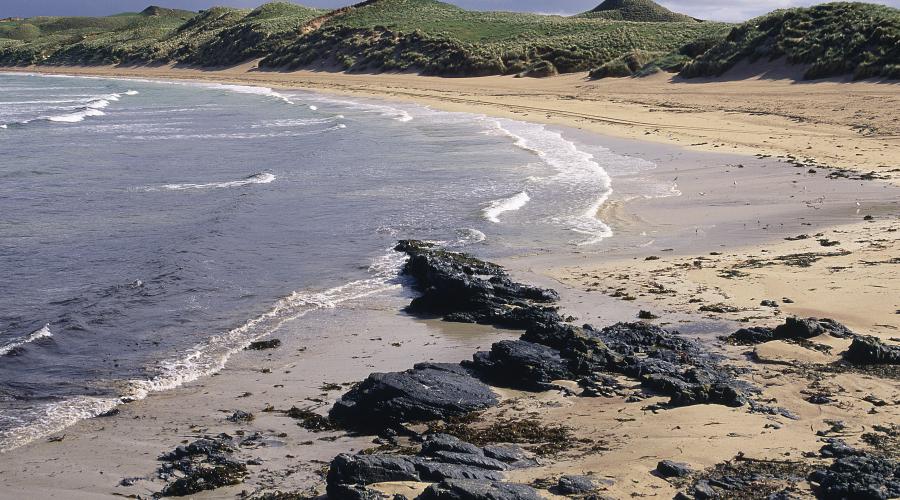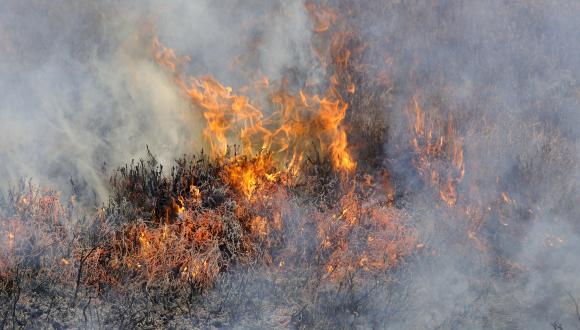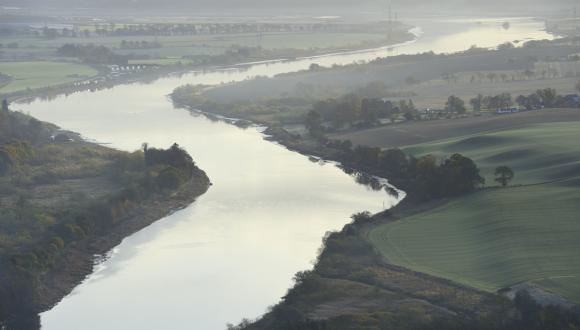
Coasts
Scotland’s geology and changing climate have controlled the formation of our coastline and continue to do so today.
Our varied coastline makes up 8% of Europe’s coast, and reflects contrasts in rock types, past glacial processes and changing sea levels. Scotland has the highest cliffs and some of the largest sand dunes in the UK. Hard, ancient strata dominate our north and west coasts, while our south and east coasts are formed from younger, weaker rocks.
Changing sea levels over the last 20,000 years have had a remarkable effect on the shape of Scotland’s coastline. Central areas of Scotland have been rebounding since the last ice sheet began to melt. But the rate at which coastal waters are rising outpaces today’s modest uplift rate. The net result is that the present sea level is rising – and expected to continue to rise.
Today, the coast is uniquely exposed to climate change, due to the effects of rising sea level and also temperature and rainfall changes on land. Coastal erosion is a naturally occurring process that affects, from time to time, much of Scotland’s coastline. But the rising sea level will intensify erosion.





